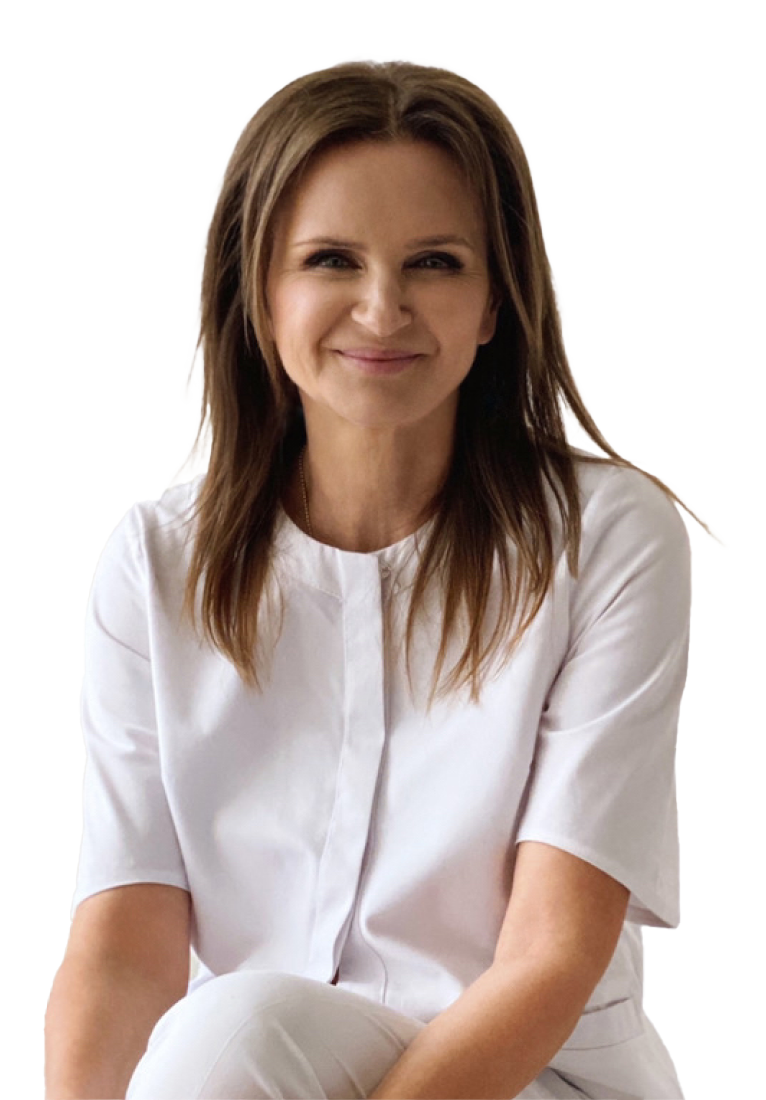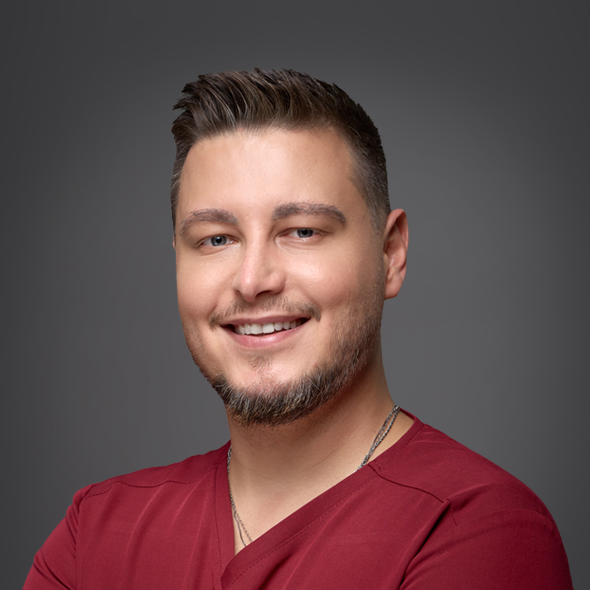
Against gravity
As the years go by, the firmness of the skin decreases, and this is a completely natural process. Unfavorable gravity can be combated using the revolutionary Ulthera procedure. It helps get rid of unsightly skin overhangs and sagging. The Ulthera procedure allows you to regain youthful firmness in the most sensitive areas. One of the effects is a lift of the upper eyelids, which results in an open look and the whole face gets a fresh look. The procedure can also be performed in other areas where the skin has begun to lose elasticity. Ulthera will work well on key areas around the face and neck, namely the chin, jawline or cheeks.
Ulthera therapy is primarily recommended for people who need visible facial rejuvenation. Lowered eyebrows, drooping eyelids, excess skin on the upper eyelid, drooping and flattened cheek centers, excessively deep nasolabial folds, drooping corners of the mouth, a receding jawline or a sagging chin - all of these can be easily repaired with the procedure at our clinic.
Course of Ulthera treatment
The first step to firm skin is to perform proper diagnostics, and the most important part of this is to visualize the subcutaneous tissue. This is precisely what Ulthera equipment is used for, equipped with the latest technology based on DeepSEE ultrasound imaging. This revolutionary device gives the ability to accurately examine the structure of individual tissues, even at a depth of as much as 8 mm. As a result, the doctor can determine precisely how the procedure should proceed to guarantee the best results.
The use of ultrasound is the next stage of the treatment, the therapeutic phase. The streams sent by the device are properly adjusted to the needs and condition of the patient's skin. The entire therapy is non-invasive, and the ultrasound only affects the selected depth, without affecting the first layer of the epidermis. The sound waves intersect at specific points under the skin and thermal coagulation points are formed where they meet. Their task is to stimulate the body's natural production of collagen, which is necessary to firm the epidermis and restore its elasticity. The skin is gradually lifted and its appearance is visibly improved. Ulthera therapy can be performed on one, two, or three levels. The lifting of the epidermis itself takes place at great depth. Ultrasound has a vectoring effect on the dermal fascia. When additional firming is needed, Ulthera treatment is also used closer to the epidermal surface.
Effects after Ulthera treatment
Ulthera treatment is the only non-invasive therapy that provides results comparable to a surgical lift. The results appear gradually over a period of about 3 months (this is the time for the body to produce collagen). Depending on the condition of the patient's skin and his individual predisposition, the lifting effect can last a year or longer. The procedure does not need to be repeated. Just one session is enough to achieve the expected results.
Therapy with the Ulthera device does not end with a long and arduous convalescence. Immediately after the procedure is over, you can return to your daily activities. Possible side effects include mild erythema, slight swelling, skin sensitivity, which disappear after about 1-2 days.
Important information
Duration of treatment
30-45 min
Required tests
-
Anesthesia
Topical, possibly a pain pill
Stay at the clinic
discharge immediately after the procedure
Recovery
-
Removal of sutures
-
Changing dressings
-
Who performs the procedure
-
Contraindications
Open wounds or facial lesions, acne lesions, metal stents and implants, bioabsorbable mechanical implants, implanted electrical devices, systemically or locally active skin diseases, anticoagulant therapy, active systemic or skin disease that may inhibit regeneration, bleeding disorders or other hemostatic dysfunctions
Price list
Type of treatment
Price from
Price to
Ulthera - Face
10 000 PLN
-
Ulthera - Upper face
3 000 PLN
-
Ulthera - Lower face
7 000 PLN
-
Ulthera - Neck
4 000 PLN
-
Ulthera - The neckline
5 000 PLN
-

Dr. Aleksandra Rymsza, M.D.
Specialist in aesthetic medicine / Specialist in dermatology



















